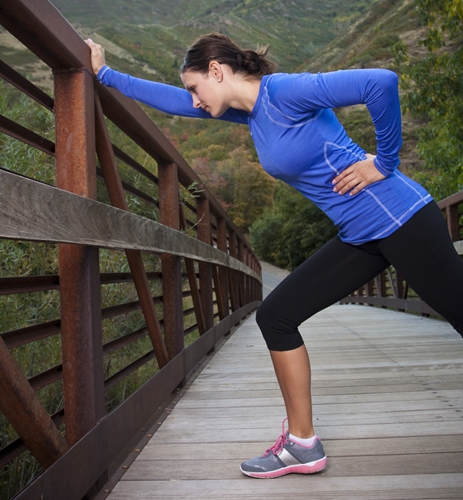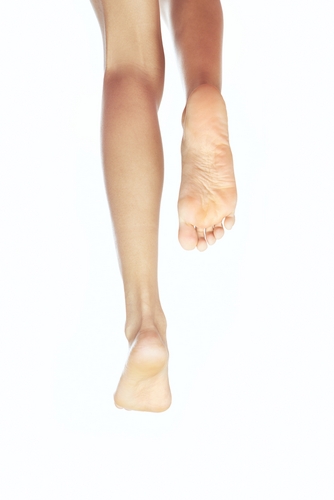If you're a novice runner, a new study shows that you may not be the best person to determine your stride rate, which means you could benefit from using a preset program on your home treadmill.
When new runners participating in the Dutch research study were asked to run at whatever stride they wanted, none of them picked the most economical or efficient pace, according to the researchers' findings.
For their study, the researchers selected 10 men in their early twenties who were experienced runners and 10 who were physically active, but not long-time runners. The participants were first allowed to choose their own stride rates on a treadmill then asked to match the beat of a metronome.
The results? The new runners ran with a stride frequency that was approximately 8 percent lower than what is considered optimal, while the more experienced runners were within 3 percent of the optimal rate.
The researchers found that heart rate could be used to establish optimal stride frequency. For new runners who are unable to pinpoint the proper pace at which to push themselves, TRUE HRC Cruise Control™, available on a variety of TRUE Fitness treadmills, could be the perfect remedy.
TRUE HRC Cruise Control™ allows runners to lock in their target heart rates while running on a treadmill. Once the optimal heart rate has been reached, the treadmill will automatically adjust incline and speed so the runner can maintain it throughout the workout.
With TRUE HRC Cruise Control™, novice runners will be able to avoid the pitfalls of inefficient exercise by letting their treadmills do the calculating for them. Maintaining their target heart rates throughout the workout ensures that runners will consume enough oxygen and burn enough calories to truly see results.



